HUNDERTWASSER for EARTH DAY
- Serene
- Apr 25, 2023
- 2 min read
Updated: Dec 1, 2023
Friedrich Stowasser aka Hundertwasser was an Austrian / New Zealand artist, architect, visionary and ecowarrior who had a lifelong commitment to environmental protection. He is a symbolic figure for a non-conformist way of life, a forerunner of the environmental movement and an ambassador for a self-determined alternative existence.
"If man walks in nature's midst, then he is nature's guest and must learn to behave as a well-brought-up guest."
Hundertwasser propagated a type of architecture in harmony with nature is his ecological commitment well before anyone. He campaigned for the preservation of the natural habitat and demanded a life in accordance with the laws of nature. Years before it was commonplace, he wrote numerous manifestos, lectured and designed posters in favor of nature protection, against nuclear power, to save the oceans and the whales and to protect the rainforest.
Rather than sell much of his work, he often donated them for posters to increase awareness about environmental issues. Although Hundertwasser first achieved notoriety for his boldly-colored paintings, he is more widely known for his individual architectural designs. These designs use irregular forms, and incorporate natural features of the landscape like a roof covered with earth and grass, and large trees growing from inside the rooms, with limbs extending from windows. He took no payment for the design of Hundertwasserhaus, declaring that it was worth the investment to "prevent something ugly from going up in its place".
For Hundertwasser, human misery was a result of the rational, sterile, monotonous architecture. He mobilized the power of his art in order to spread his message for a life in harmony with nature and the individual creativity. His work utilized bright colors, organic forms, a reconciliation of humans with nature, and a strong individualism, rejecting straight lines. He was fascinated by spirals, and called straight lines "godless and immoral" and "something cowardly drawn with a rule, without thought or feeling”.
In 1959 Hundertwasser got involved with helping the Dalai Lama escape from Tibet by campaigning for the Tibetan religious leader. In the 1970's, he acquired several properties in New Zealand. There he realized his dream of living and working closely connected to nature. He could live largely self-sufficient using solar panels, a water wheel, a biological water purification plant and grass roofs experiments. He designed a new flag for New Zealand, which incorporated the image of the Koru a spiral shape based on the image of a new unfurling silver fern frond and symbolizing new life, growth, strength and peace according to the Māori people.
The Museum Hundertwasser in Vienna exhibits the largest collection in the world of his paintings, printed graphics, tapestries and architectural designs. Vienna’s first “green museum” also gives its visitors the chance to experience Hundertwasser’s visionary ecological commitment.
http://www.hundertwasser.com/
https://en.wikipedia.org/wiki/Friedensreich_Hundertwasser
Abernethy Class
Tabor Class
We used a combination of Kwik Sticks and paint pens to
create Hundertwasser inspired mixed media paintings.






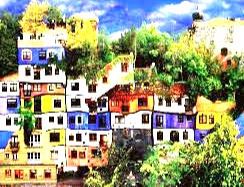

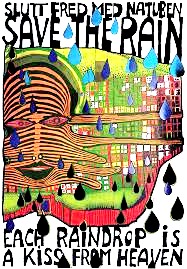











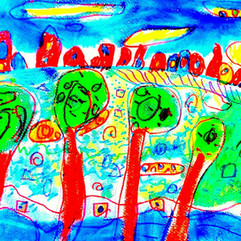






















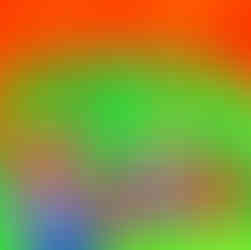











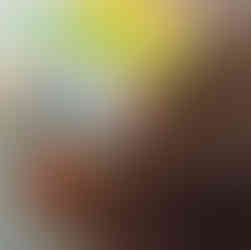

Comments